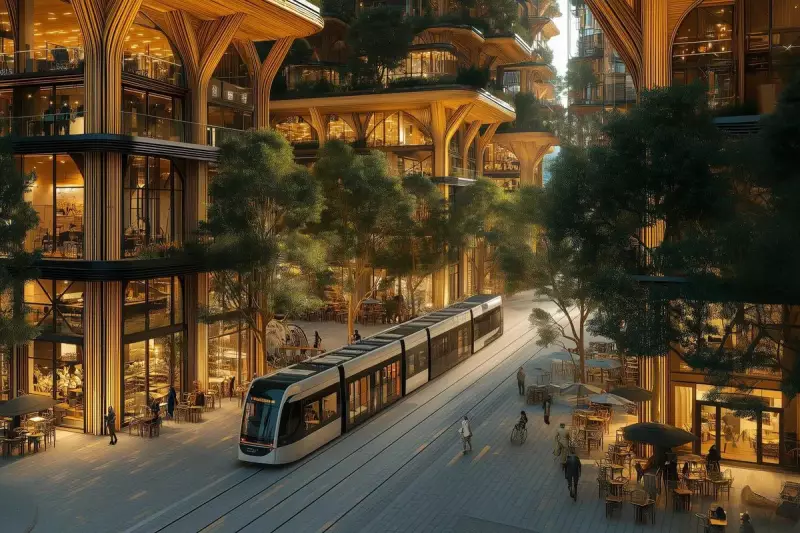
The UK government has unveiled sweeping proposals to dramatically expand Cambridge into a new garden city, positioning it as Britain's answer to Silicon Valley. The ambitious 'Cambridge 2050' vision aims to create a world-leading science superhub while addressing the nation's housing crisis.
Transforming the Cambridge Landscape
Under plans championed by Housing Secretary Michael Gove, Cambridge could see development on a scale not witnessed since the creation of Milton Keynes. The vision involves constructing thousands of new homes alongside state-of-the-art laboratory spaces and research facilities.
"We see a Cambridge which maintains its pre-eminence in global science but does so on a larger scale," Mr Gove stated, emphasising the city's potential to become "Europe's answer to Silicon Valley."
Infrastructure Challenges and Local Concerns
The proposals haven't been without controversy. Local Conservative MPs and residents have raised significant concerns about water scarcity and infrastructure capacity in the already strained region.
South Cambridgeshire's Conservative MP Anthony Browne voiced apprehension about the scale of development, highlighting that the area already faces "water shortages and huge congestion problems."
Learning from Garden City Heritage
The concept draws inspiration from Britain's garden city movement, which began with Letchworth Garden City in Hertfordshire over a century ago. These developments were designed to combine the benefits of urban and rural living, creating self-contained communities with ample green space.
Similar principles are now being applied to Cambridge's expansion, though on a much larger and more ambitious scale suited to 21st-century needs.
Broader Regional Impact
The Cambridge plans form part of a wider government strategy for development across the East of England. Separate proposals are advancing for a new garden village in Suffolk, suggesting a coordinated approach to regional growth.
As consultations continue, the government faces the challenge of balancing ambitious economic growth targets with legitimate environmental and infrastructure concerns from existing communities.





